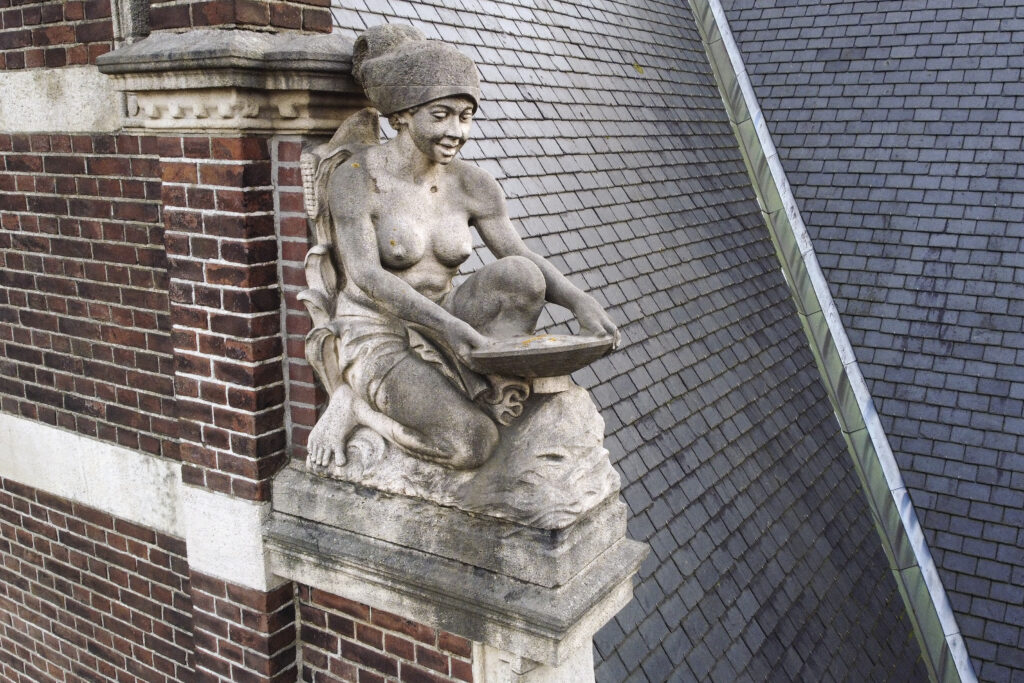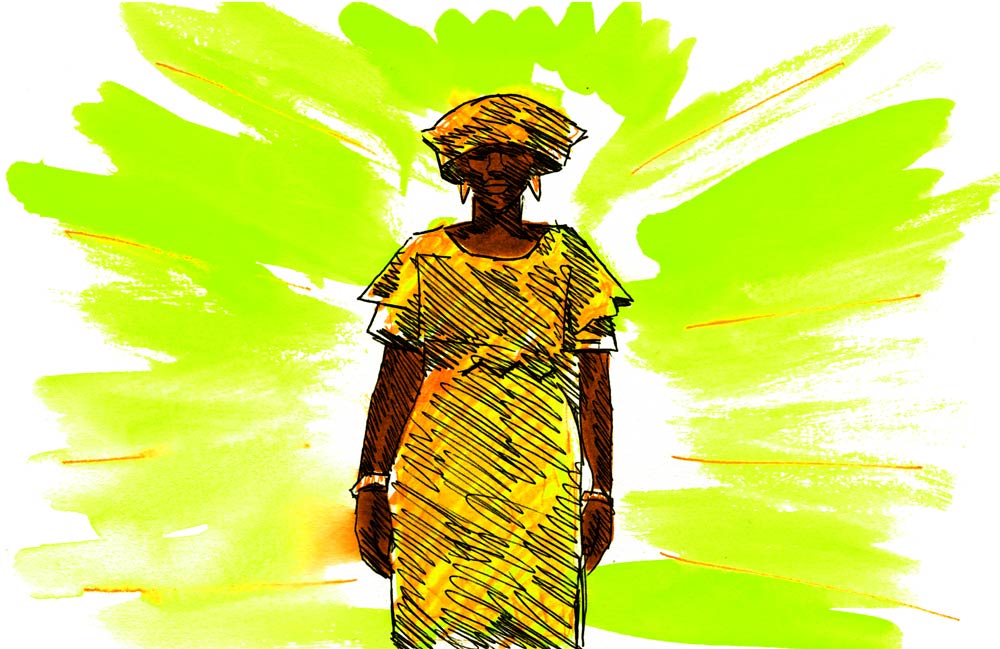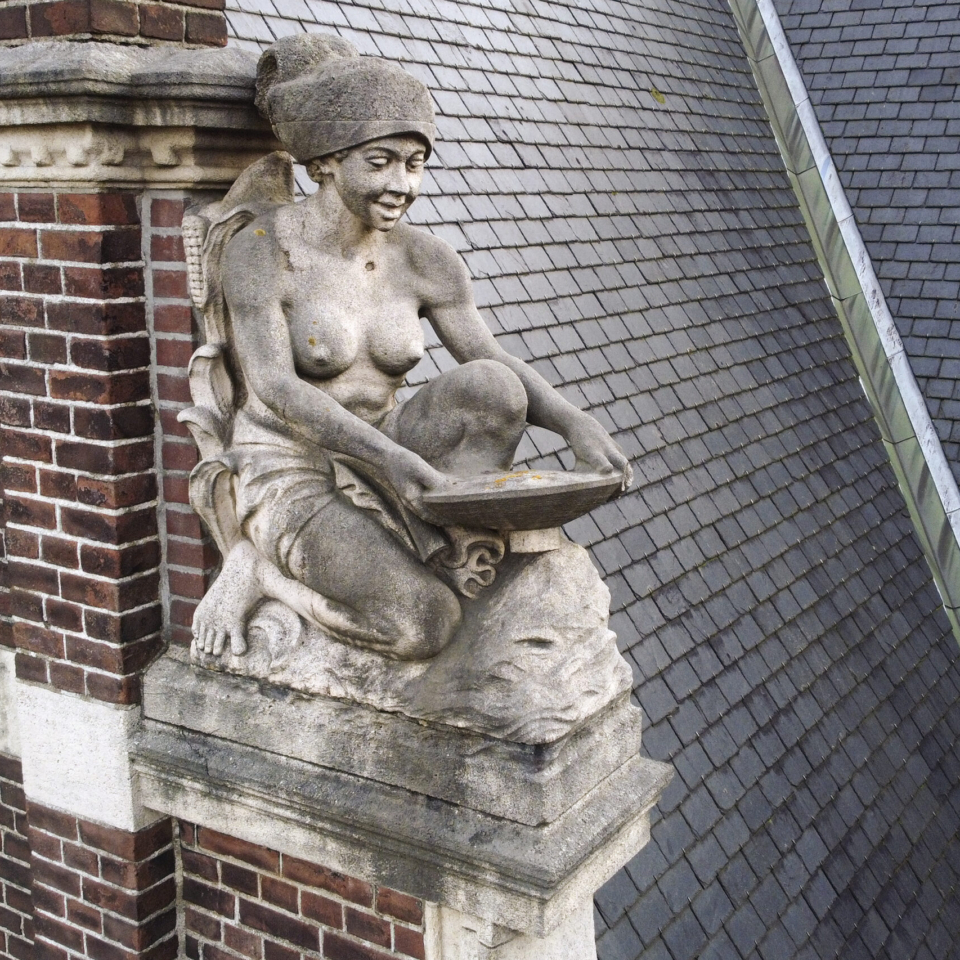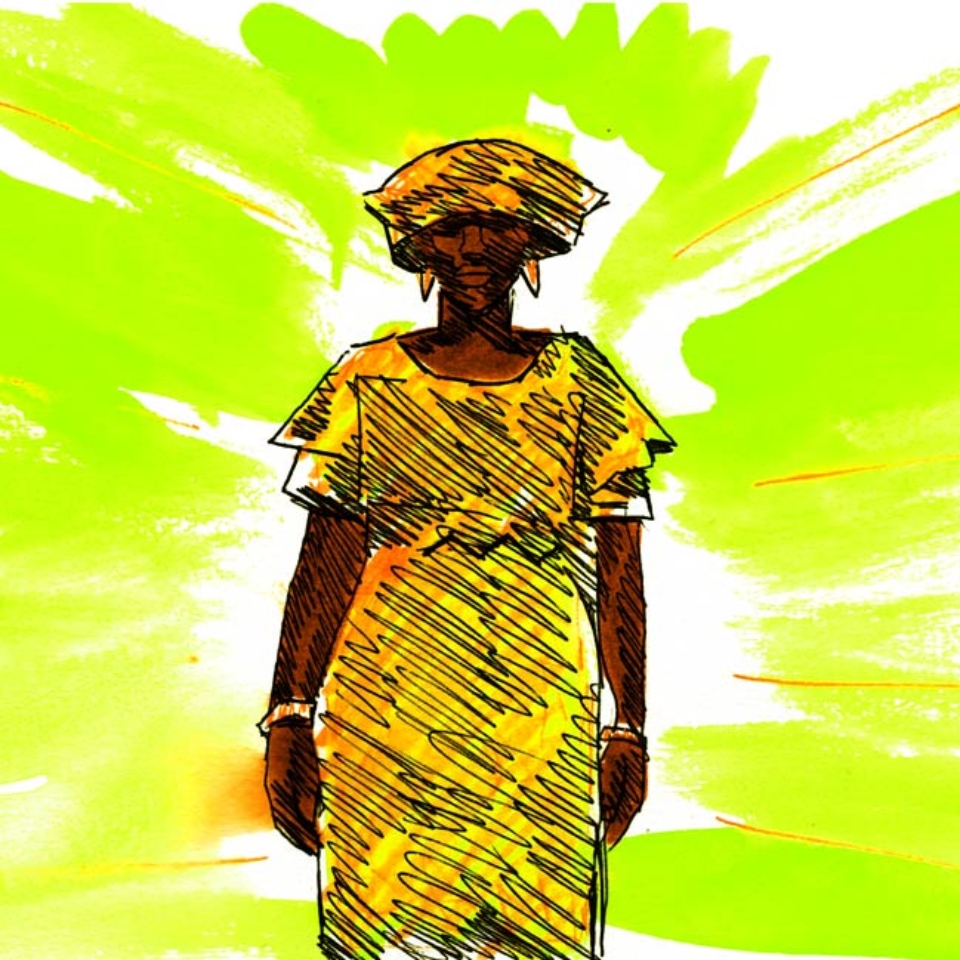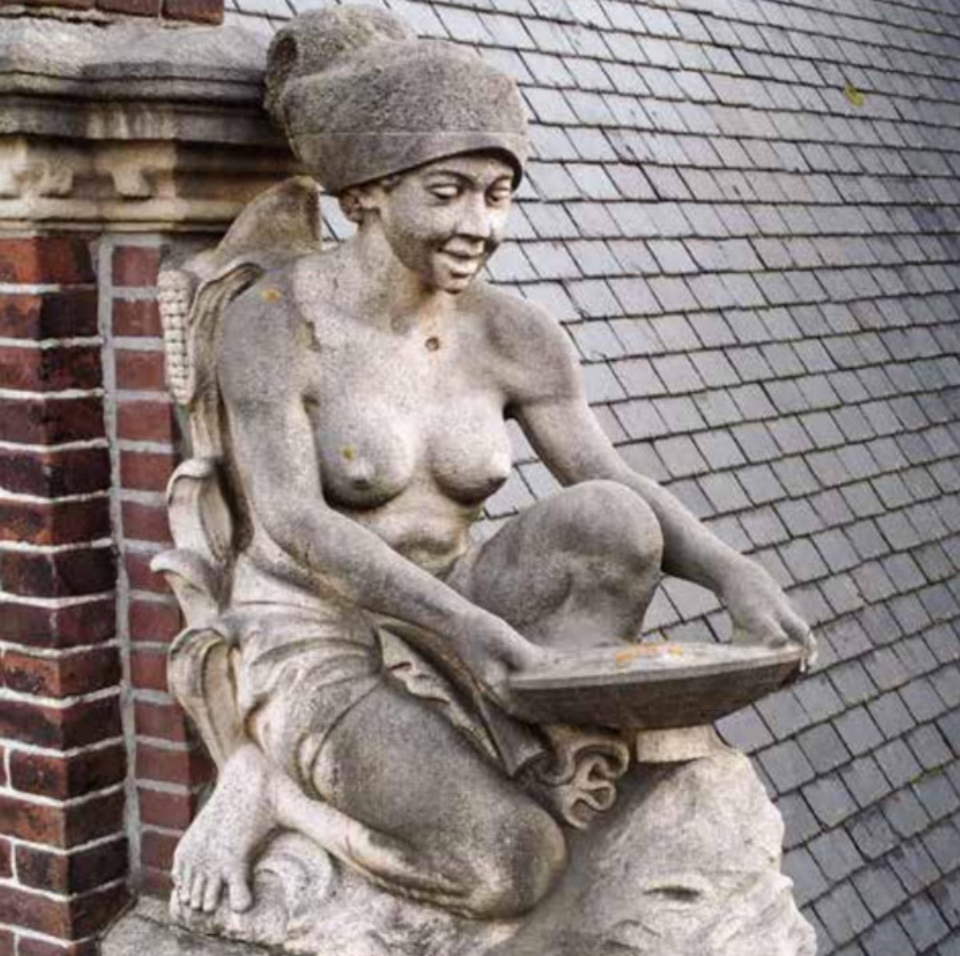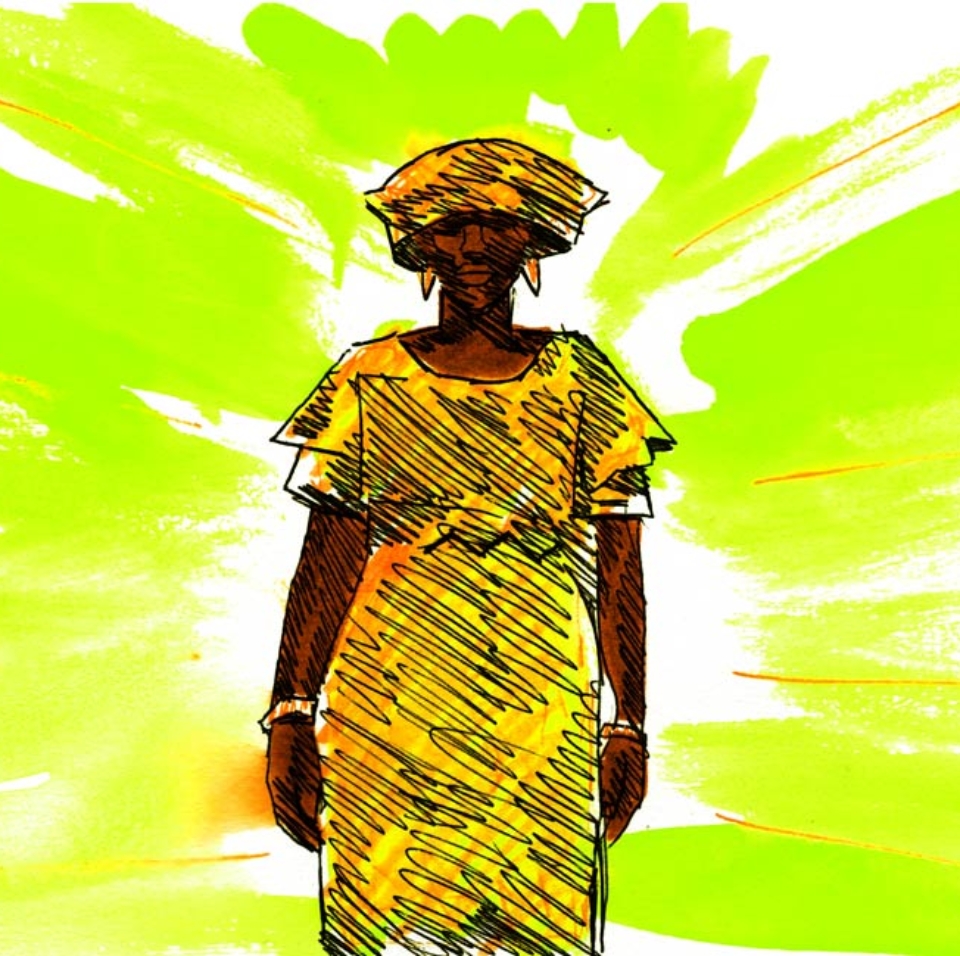Though her identity is unknown, she recalls the story of Paulina Bruyning.
Bruyning was a Surinamese prospector whose partner discovered a major gold deposit in 1932. The duo was forced to sell their gold for much less than it was worth; this gold was later displayed at the Koloniaal Instituut that same year. Bruyning, nicknamed Gowtu Missie (Gold Lady), was one of the few women active in gold industry in Suriname that we know of. She used her profits to help her poor and sick compatriots.
After emancipation, some former enslaved people went to work in the Surinamese gold industry. For example, the anti-colonial freedom fighter Anton de Kom can be directly linked to this history; his father was formerly enslaved and worked as a prospector.
Though there was an expectation by some in the Netherlands to find an inexhaustible fount of resources in Suriname, such as gold and diamonds, this proved untrue. By the early twentieth century, agriculture, too, was generating less and less profit. Nor were the Caribbean islands of Aruba, Bonaire, Curaçao, Sint Maarten, Sint Eustatius and Saba as comparatively lucrative as the Indonesian archipelago.
Although the Koloniaal Instituut was originally intended to gather knowledge on all the Dutch colonies, its focus was nearly exclusively concentrated on ‘the East’. As far as we know, the woman panning for gold is the only reference to Suriname and the Caribbean in the entire building.
